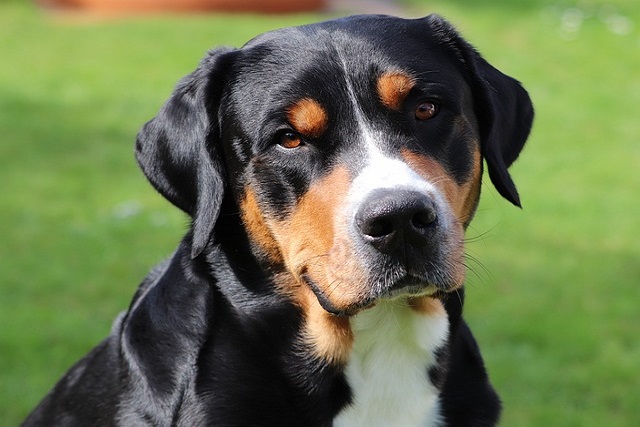
What is glaucoma in a dog?
You might notice your dog squinting more at mealtime or avoiding bright sunlight—these small changes could be early signs of a serious eye condition.
Let’s get real: You’re in your Miami apartment, watching your 3-year-old Corgi, Loki, struggle to climb the stairs to your second-floor unit. At his last vet visit, the doctor said he’s 3 pounds overweight—enough to strain his back (common in Corgis!) and raise his risk of diabetes. You’re eager to help but don’t want to crash-diet him, so you wonder: What is the quickest way for a dog to lose weight? The answer? It’s not about extreme cuts or long hikes—it’s a safe, balanced mix of smart eating and active play that fits your life (and U.S. pet rules).
First, let’s break the science down simply: The “quickest” way that’s also healthy is creating a small, steady calorie gap—burning a little more than he eats. Vets say 10-15% fewer calories than his “maintenance” amount (the calories he needs to stay at a healthy weight) is perfect. Crash diets? They’ll make him lose muscle (not just fat) and leave him hangry—plus, he’ll gain the weight back fast. For Loki, that means cutting from 700 calories a day (his current intake) to 600-630—using AAFCO-certified weight-management kibble (you can find it at Target or Petco) so he still gets all his nutrients.
Now, let’s dive into the hands-on steps—easy even for apartment dwellers. First, meal prep like you do for yourself: Measure every serving with a measuring cup (no “eyeballing”!) and split into two meals (300 calories morning, 300 evening). This keeps his blood sugar steady and stops begging. For activity: Skip the 20-minute “slow walk” around the block—add spurts of play to burn more calories fast. Walk for 5 minutes, then stop in your building’s lobby or a small park to play fetch with a soft frisbee for 2 minutes. Repeat this 3x a day—total time 21 minutes, but it’s way more effective than a long, lazy stroll. A friend in Chicago did this with her overweight Beagle—he lost 2 pounds in 3 weeks, no extra time needed.

Training and U.S. rules matter here too—stuff every new dog owner needs to know. First, vaccines: Every state requires rabies shots, and cities like LA or Seattle demand you carry proof (animal control can ask!). Why? If your dog is sick (like with a thyroid issue), weight loss won’t work—so a vet check first is non-negotiable. Second, public manners: Always bring poop bags—leaving waste behind isn’t just gross; it’s illegal (fines start at $150 in Miami). Use a 6-foot leash (not retractable!) so you can control play and avoid scaring neighbors. And no punishment: If Loki begs for extra food, don’t yell—redirect with a healthy treat (freeze-dried green beans, not cheese!) and praise him for sitting. Positive reinforcement keeps him happy while he loses weight.
Remember: “Quick” doesn’t mean 1 pound a week—that’s too fast. Vets say 0.5-1% of his body weight (so 0.2-0.4 pounds for Loki) a week is the sweet spot. In a month, that’s 0.8-1.6 pounds—enough to see him climb stairs easier and play longer. The quickest way? Do it right: balanced food, active play, and following local rules. Your dog won’t just lose weight—he’ll have more energy to cuddle, chase toys, and enjoy life with you.

You might notice your dog squinting more at mealtime or avoiding bright sunlight—these small changes could be early signs of a serious eye condition.

Let’s set the scene: It’s a sweltering Phoenix afternoon—105°F outside—and you rushed your 2-year-old Lab mix, Cooper, on a quick walk to “get it over with.”

Let’s get real: You’re in your Miami apartment, watching your 3-year-old Corgi, Loki, struggle to climb the stairs to your second-floor unit.

Many dog owners brush off occasional scratching as just “dog behavior,” but persistent itching often signals something more—like a food allergy.

You might first notice your dog scratching more than usual—chewing at their paws until the fur looks thin, or rubbing their face against the couch nonstop.

Let’s be real: You’re standing in your Chicago apartment, watching your 3-year-old Beagle, Max, huff and puff just to climb onto the couch.